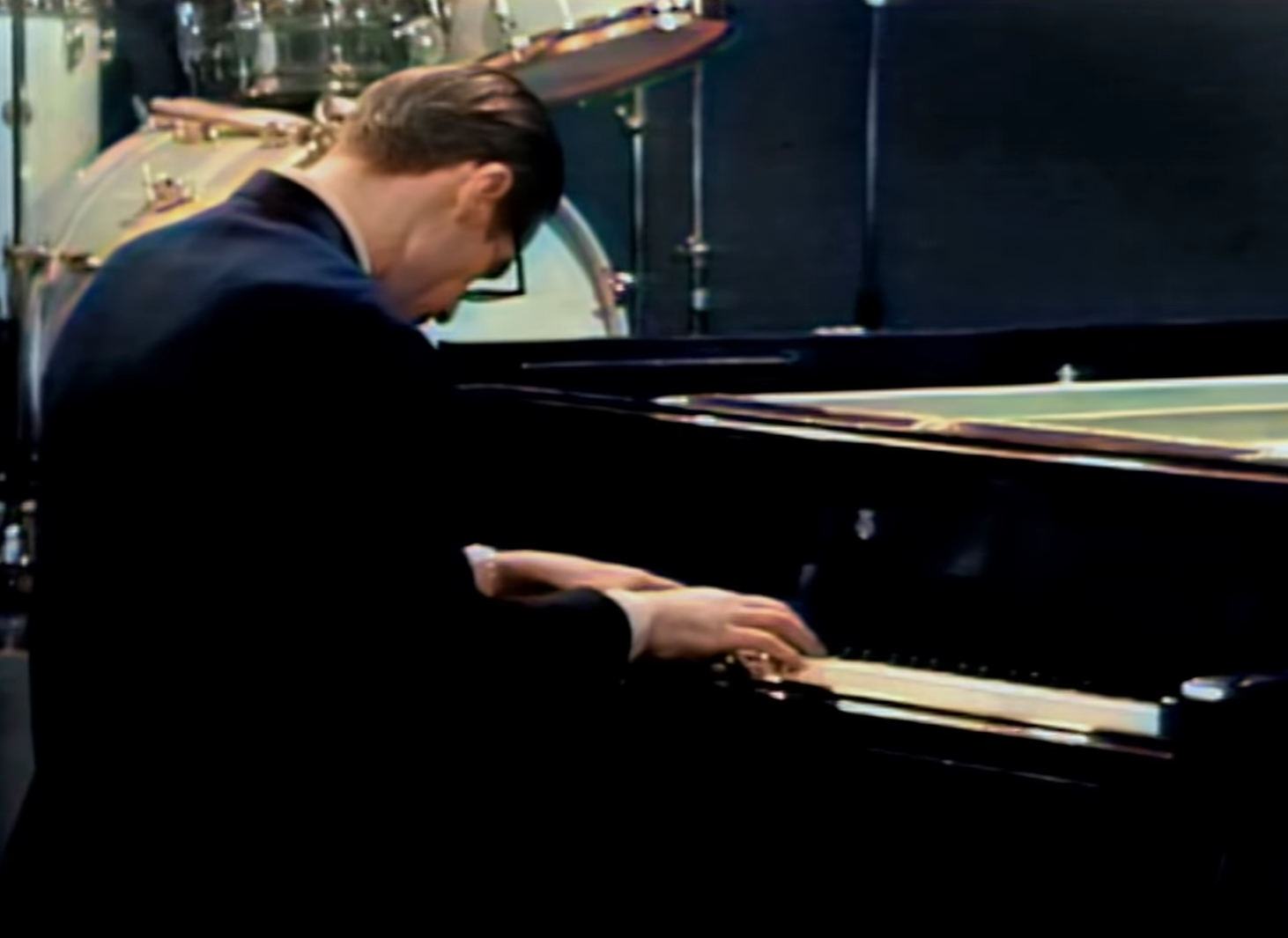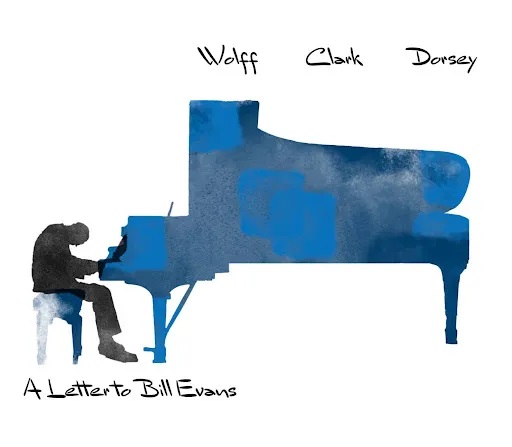
The Harmony of Bill Evans
When one speaks of Bill Evans, the subject of harmony often comes up. Numerous pianists from Frank Collett to Jack Reilly have spoken about the harmony of Bill Evans. Harmony refers to playing an arrangement of notes at the same time to create a blended sound. There are several ways to create harmony. One common method is to play a set of notes outside of the melody. For pianist, such as Bill Evans, a common approach to harmony is to move between keys while remaining true to the melody. Another trademark of Bill Evans was his use of chord voicings. For example, in some cases he would not play the root of a chord or use triads that run through a scale. All of this extends or compliments the melody, making the song sing from the piano.
One of the most profound harmonies that Evans pioneered was modal harmony which was highly evident on Kind of Blue – Miles Davis. This approach to harmony is focused on scales or modes as opposed to playing traditional chords. Evans often played modes associated with major scales such as the Dorian to create a more open harmony to the song.
Evans also mastered the art of reharmonization, the ability to play changes to the basic harmonic structure through chord progressions and substitute chords. He also used inner voice movements such as varied melodic lines while playing. Bill Evans was always exploring and creating as he played, inventing new harmonies.
A complete discussion of Bill Evans and harmony is well beyond the scope of this article. Perhaps the best resource is Jack Reilly’s The Harmony of Bill Evans:
You can also check out a wide range of YouTube videos as well. Here is a very good video that covers several Bill Evans Techniques: Scaling using Triads, Playing around a Pedal Point, Creating Tensions with Left Hand Movements, Chord Substitutions, and Dissonant Sounds:

